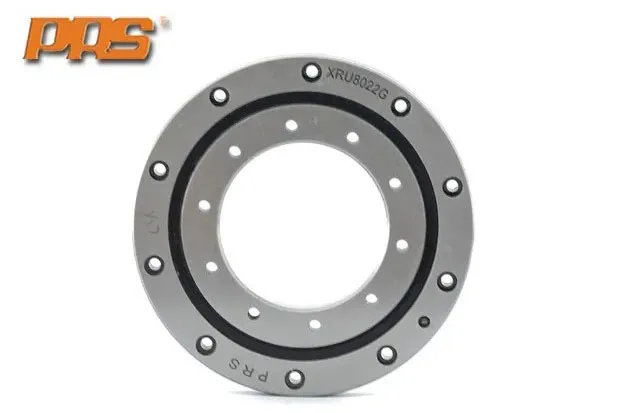Crossed Cylindrical Roller Bearings: Characteristics and Classification
Crossed cylindrical roller bearings are a commonly used type of rolling bearing, widely applied in industrial machinery, aerospace, automotive industries, and more. This article presents an overview of their distinct features and classification.
I. Unique Characteristics of Crossed Cylindrical Roller Bearings
- High Load-Bearing Capacity: Supported by rolling elements, these bearings offer a higher load-bearing capacity compared to sliding bearings, effectively handling significant radial and axial loads.
- Enhanced Rigidity: The movement of the rolling elements ensures that crossed cylindrical roller bearings exhibit high rigidity, maintaining accurate axial positioning, ideal for demanding high-precision and high-stability applications.
- Smooth Operation: Characterized by their rolling elements, these bearings operate smoothly with minimal friction, reducing energy loss and noise.
- Simplified Installation: The straightforward design of crossed cylindrical roller bearings facilitates easy installation, saving time and cost.
- Versatility: These bearings are suitable for high-speed operations and frequent start-stop conditions, delivering consistent performance across various environments.

II. Classification of Crossed Cylindrical Roller Bearings
Based on their structure and application, crossed cylindrical roller bearings can be categorized as follows:
- Standard Crossed Cylindrical Roller Bearings: Comprising inner and outer rings, rolling elements, and a cage, these are suitable for general industrial machinery and equipment.
- Self-Aligning Crossed Cylindrical Roller Bearings: Featuring a self-aligning mechanism between the inner and outer rings, these bearings can automatically adjust to angular misalignments, making them ideal for applications with installation errors or challenging operating conditions.
- Split Crossed Cylindrical Roller Bearings: With detachable inner and outer rings and rolling elements, these bearings offer ease of installation and maintenance, particularly in large-scale equipment and engineering machinery.
- Sealed Crossed Cylindrical Roller Bearings: Equipped with sealing devices on both the inner and outer rings, these bearings prevent dust and contaminants from entering, enhancing their service life.
In conclusion, crossed cylindrical roller bearings, with their high load-bearing capacity, exceptional operational performance, and adaptability to various working environments, have become an indispensable component in industrial machinery. As technology continues to evolve and application requirements diversify, the prospects for the further utilization of crossed cylindrical roller bearings, particularly the XRBT series, appear promising.

 Hot News
Hot News